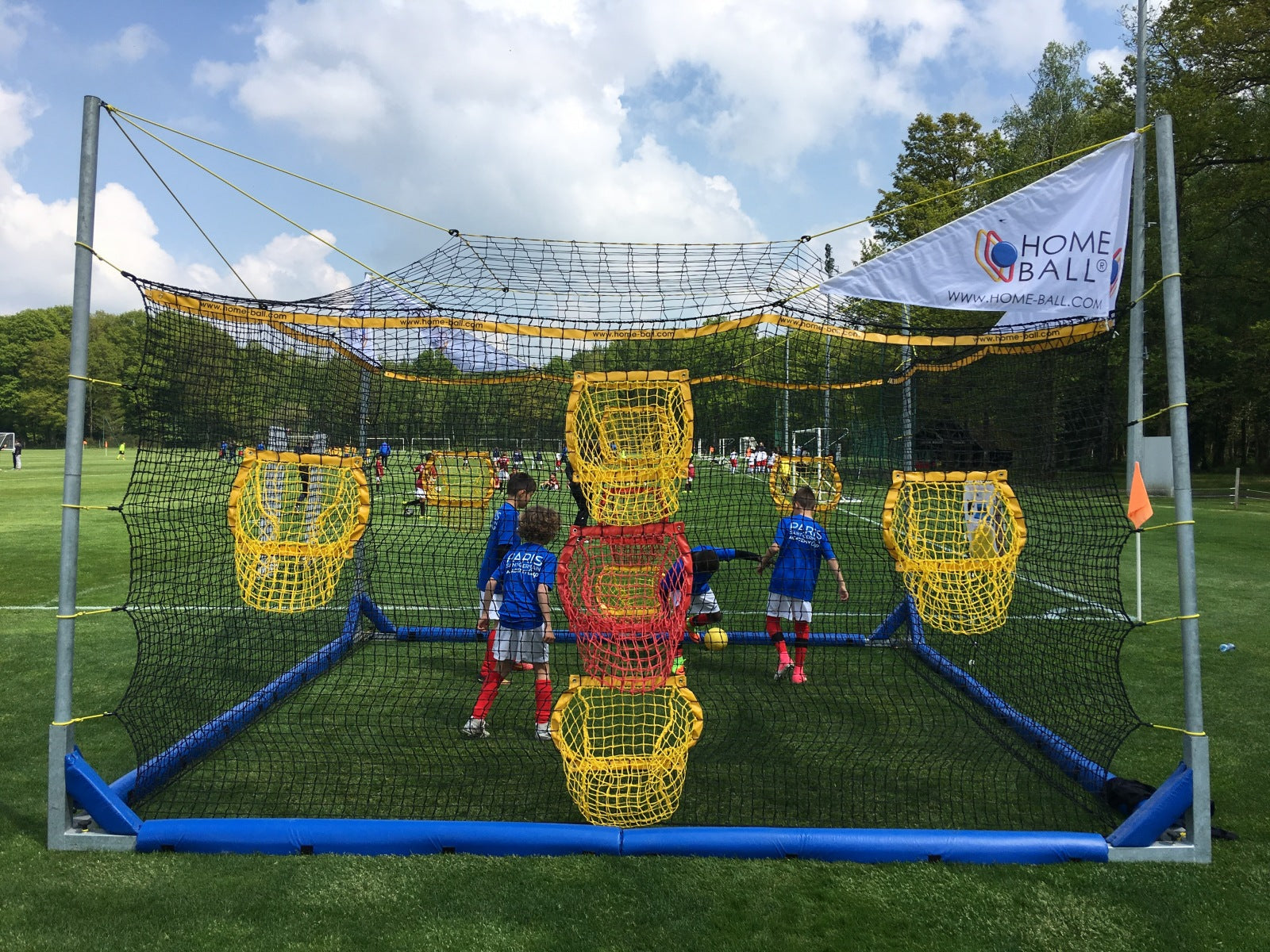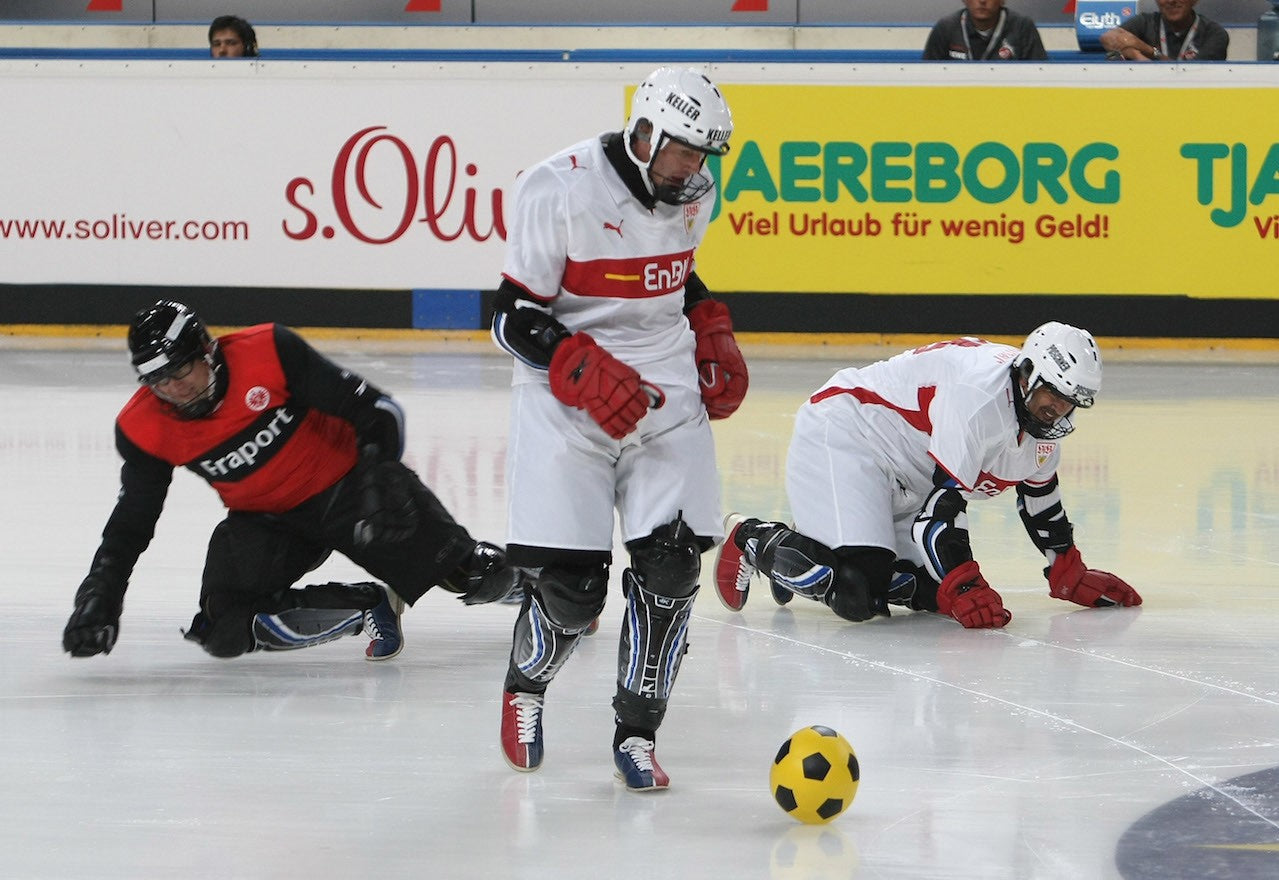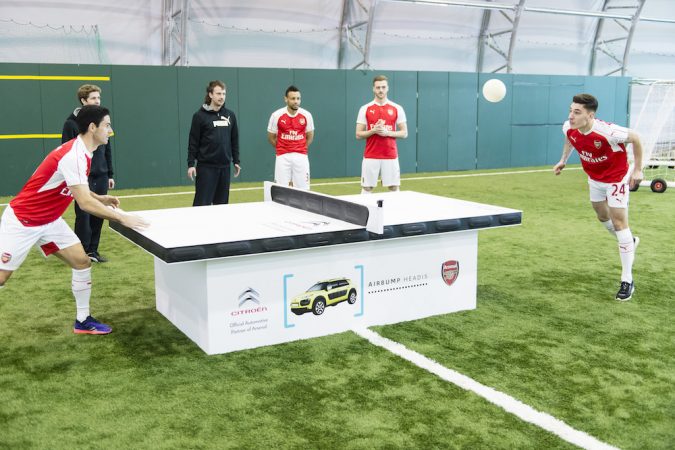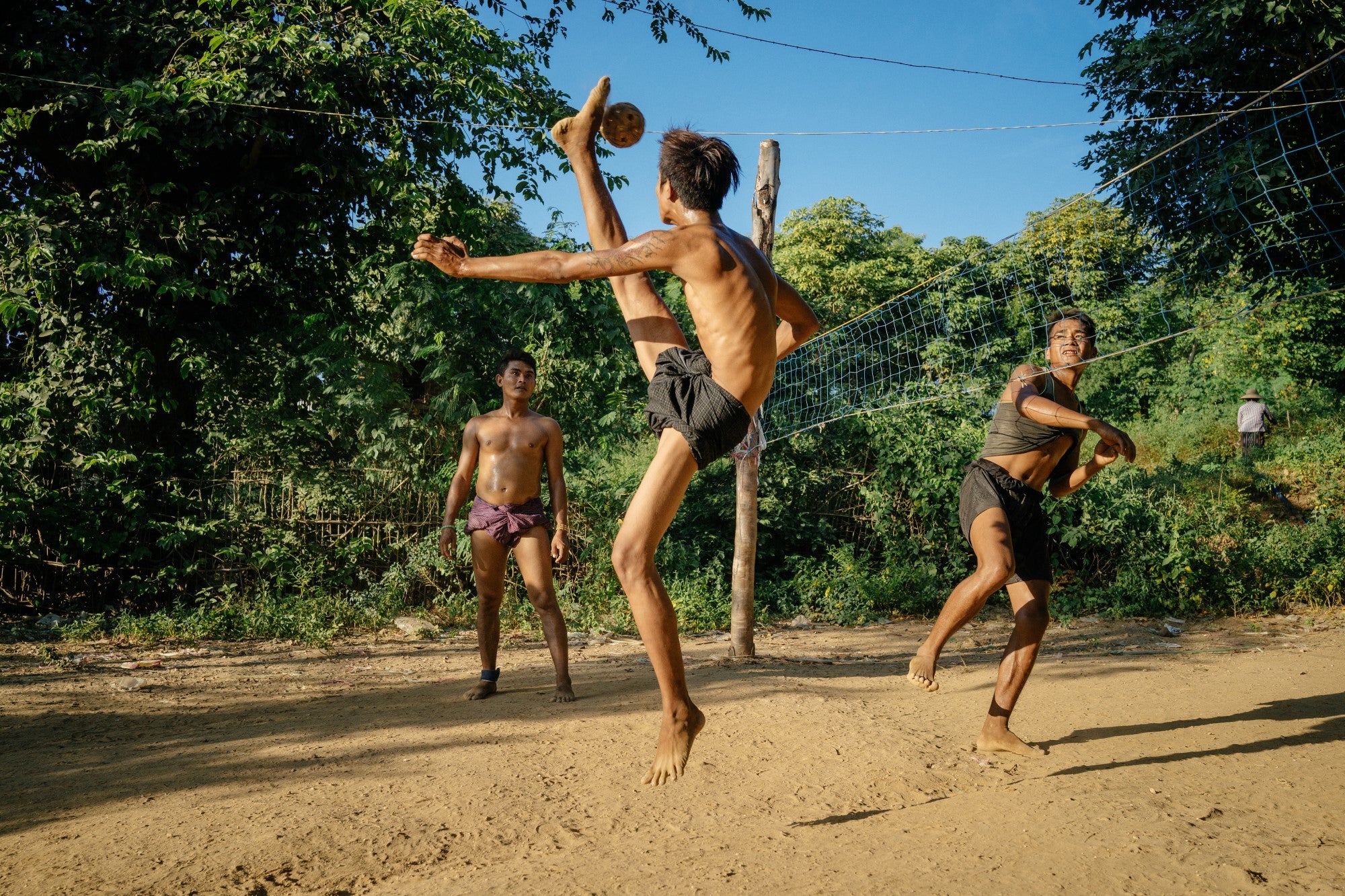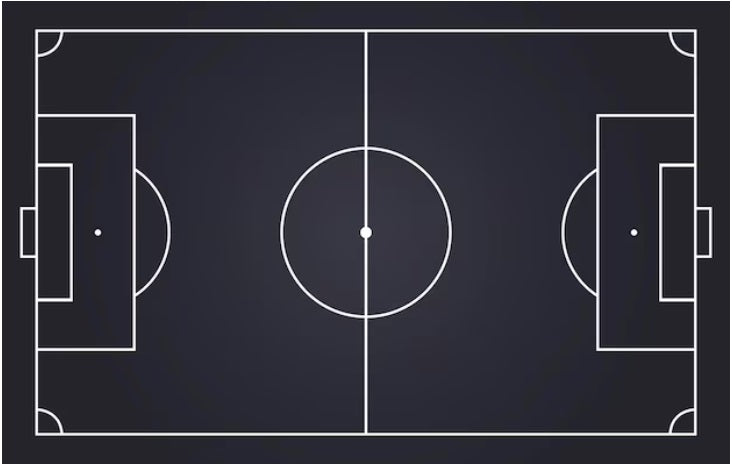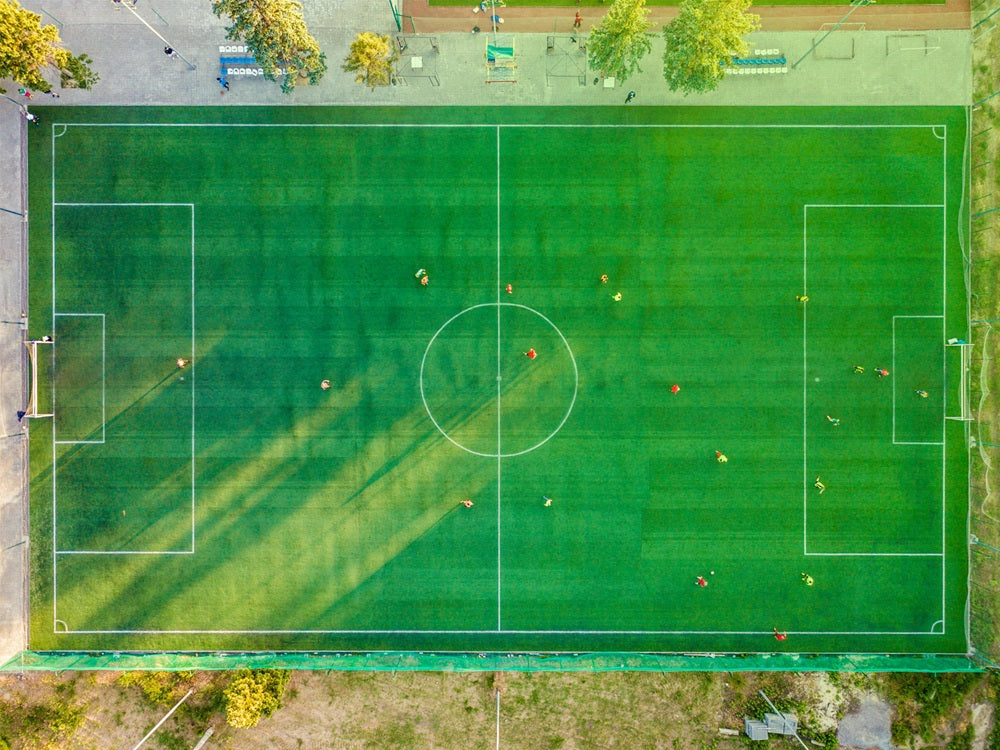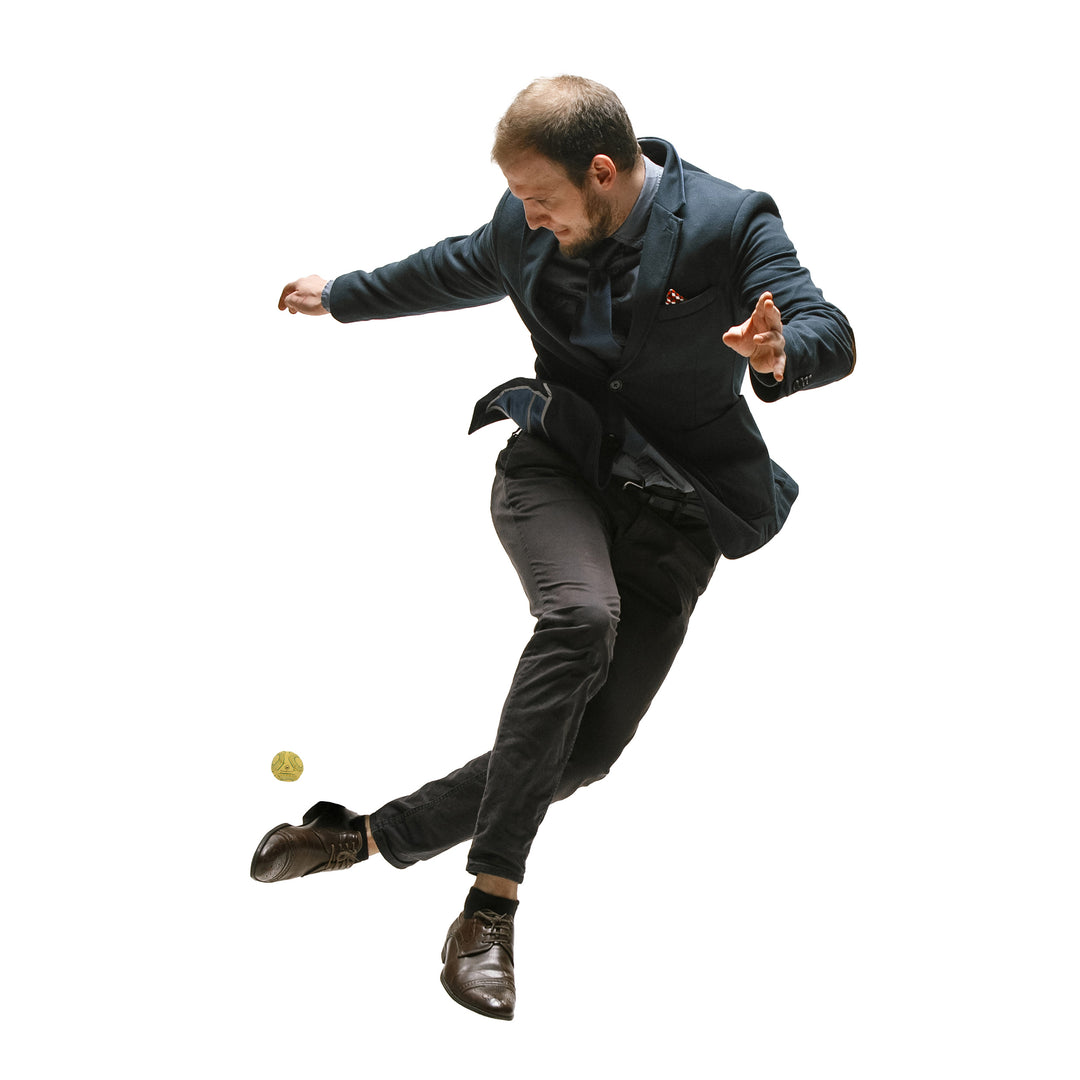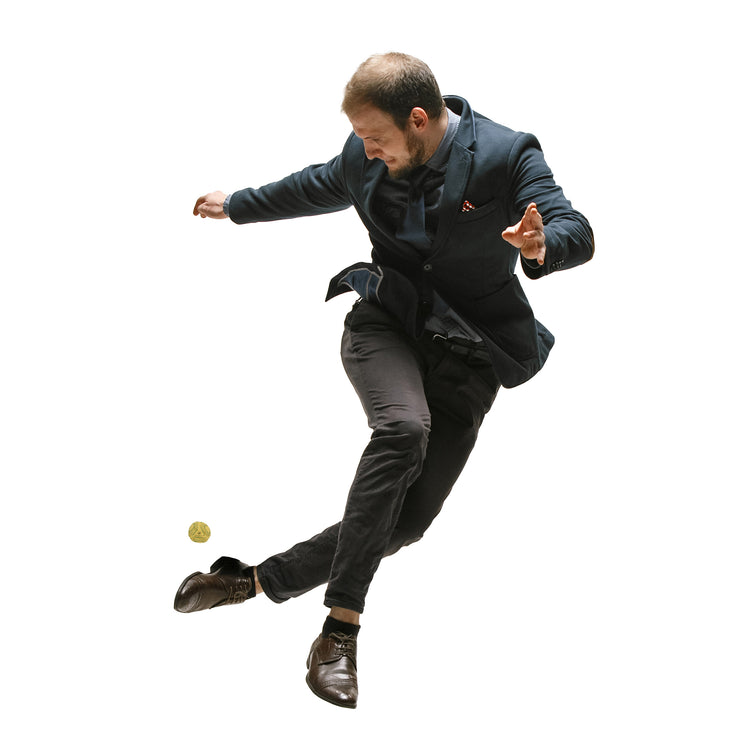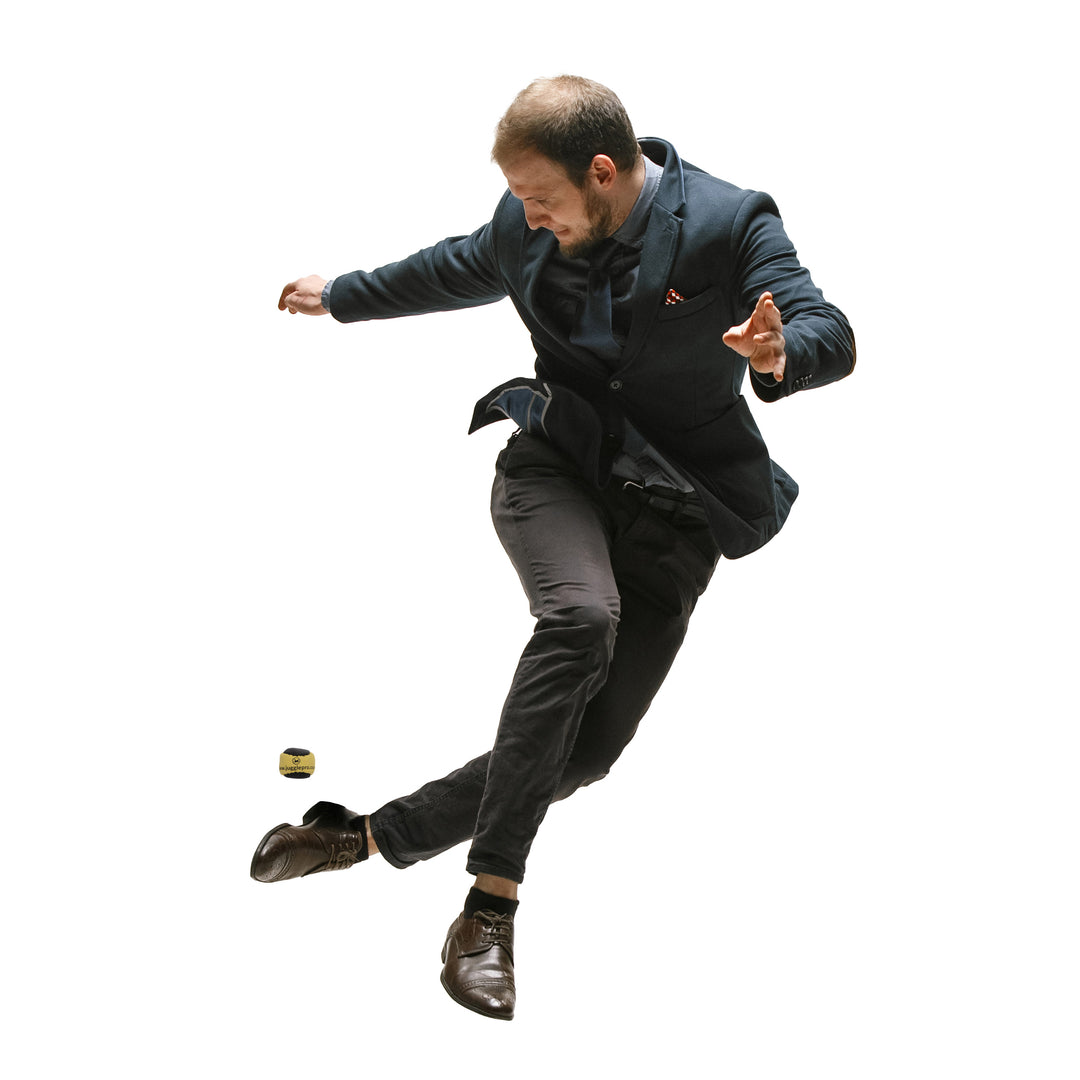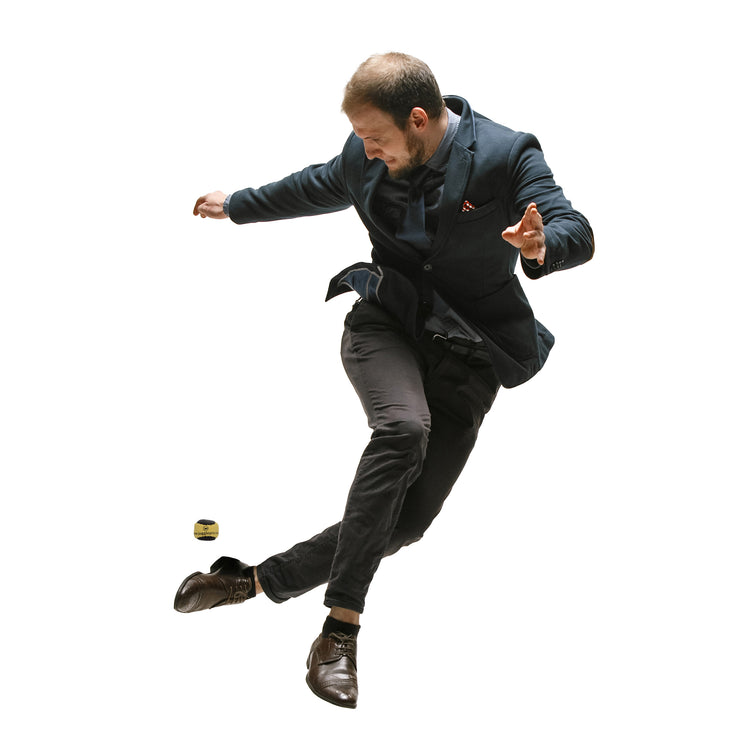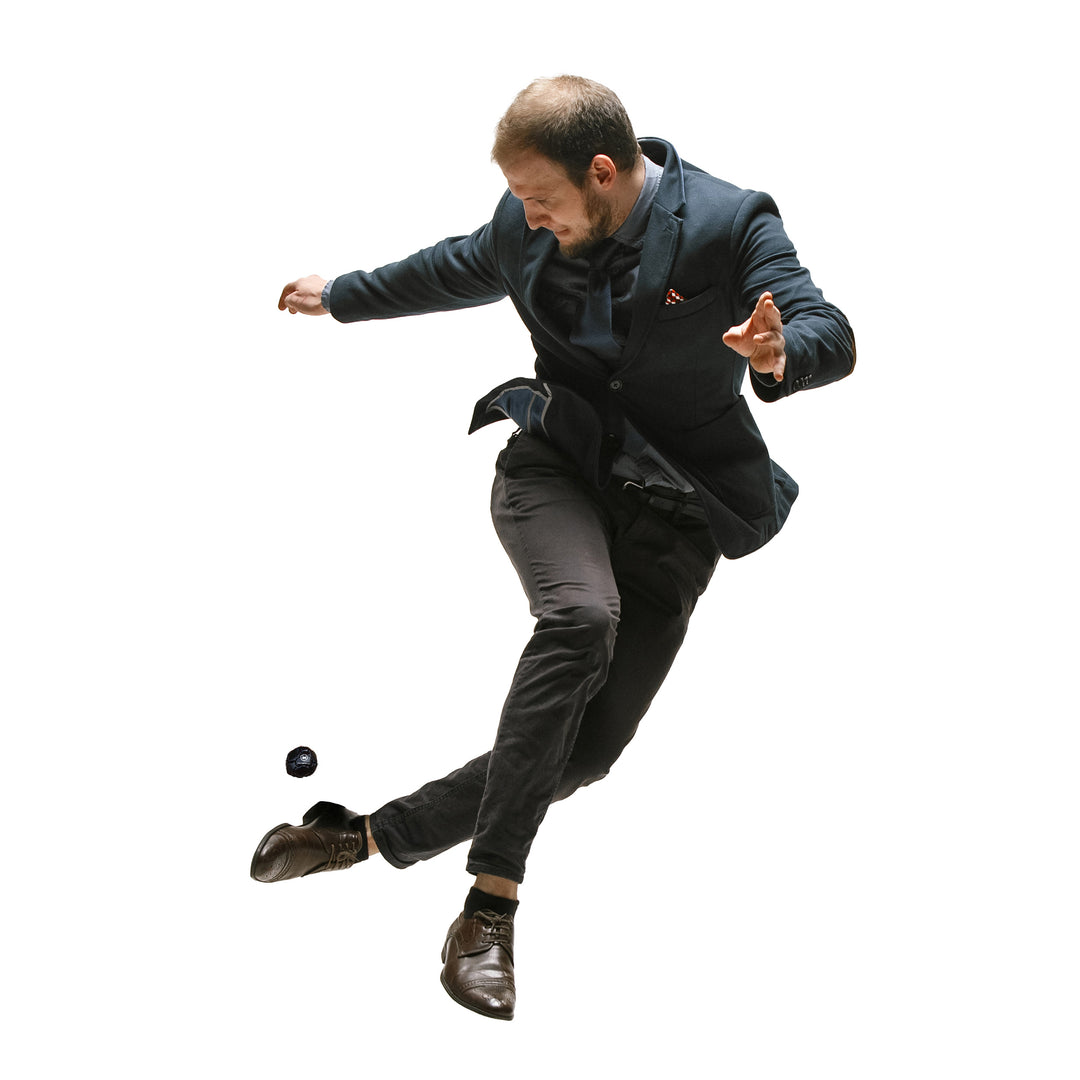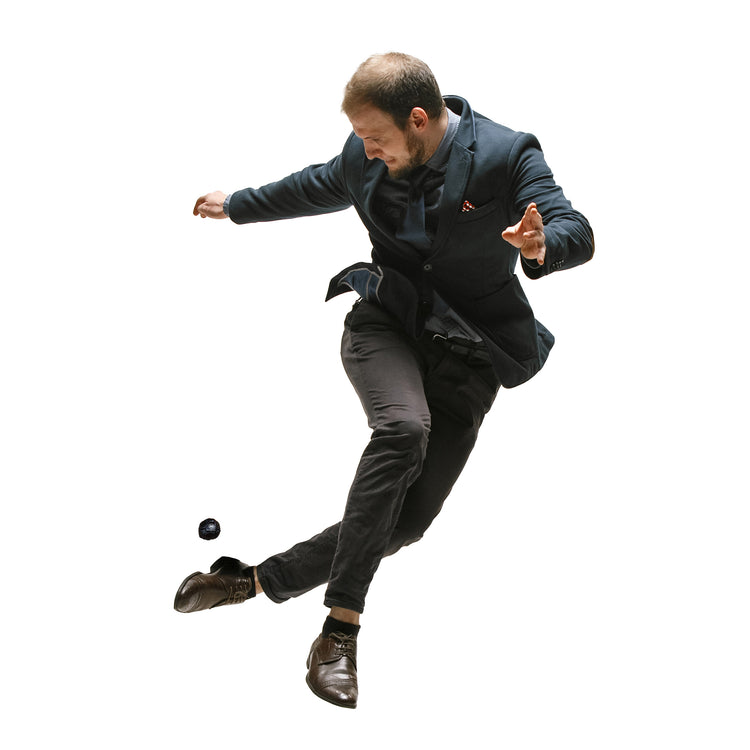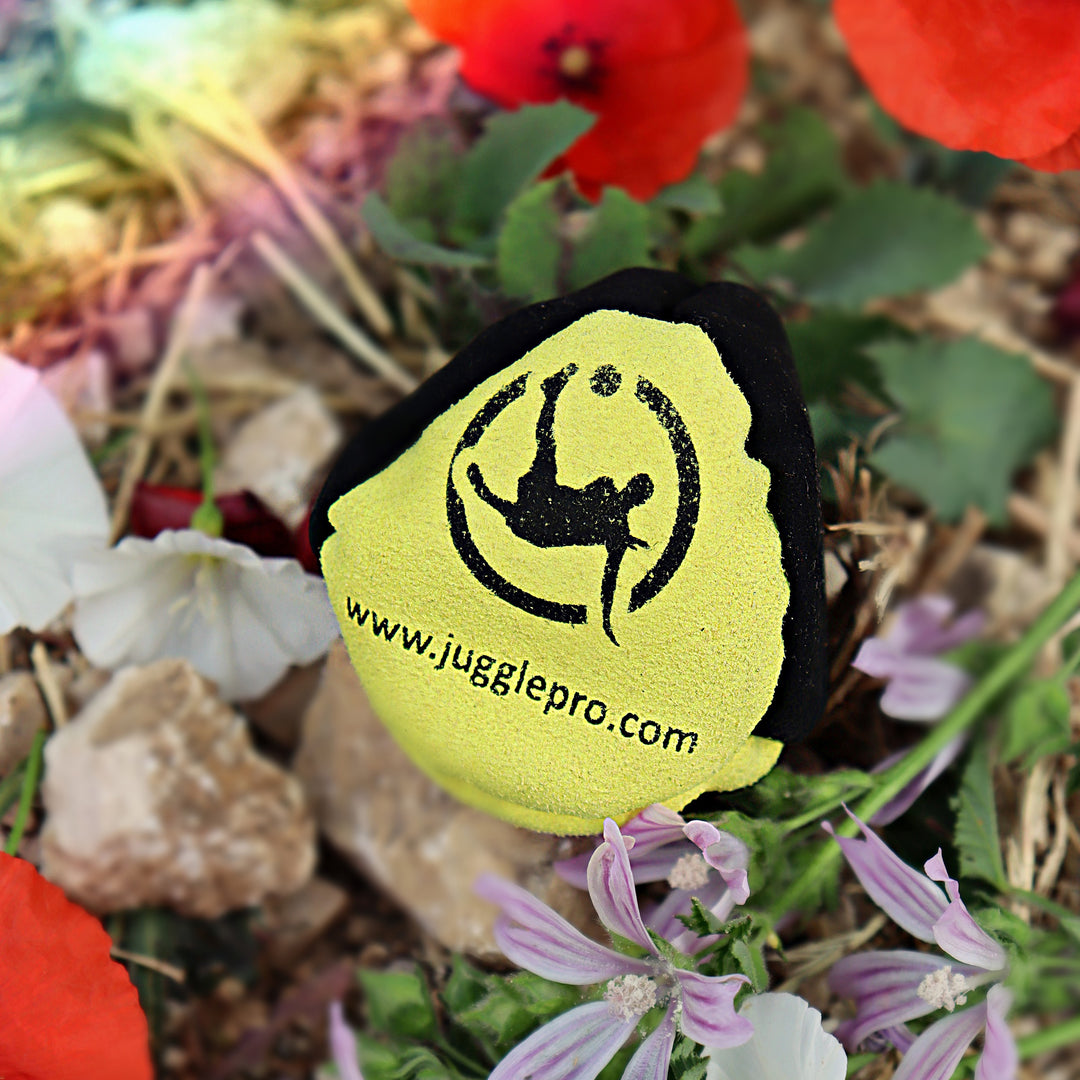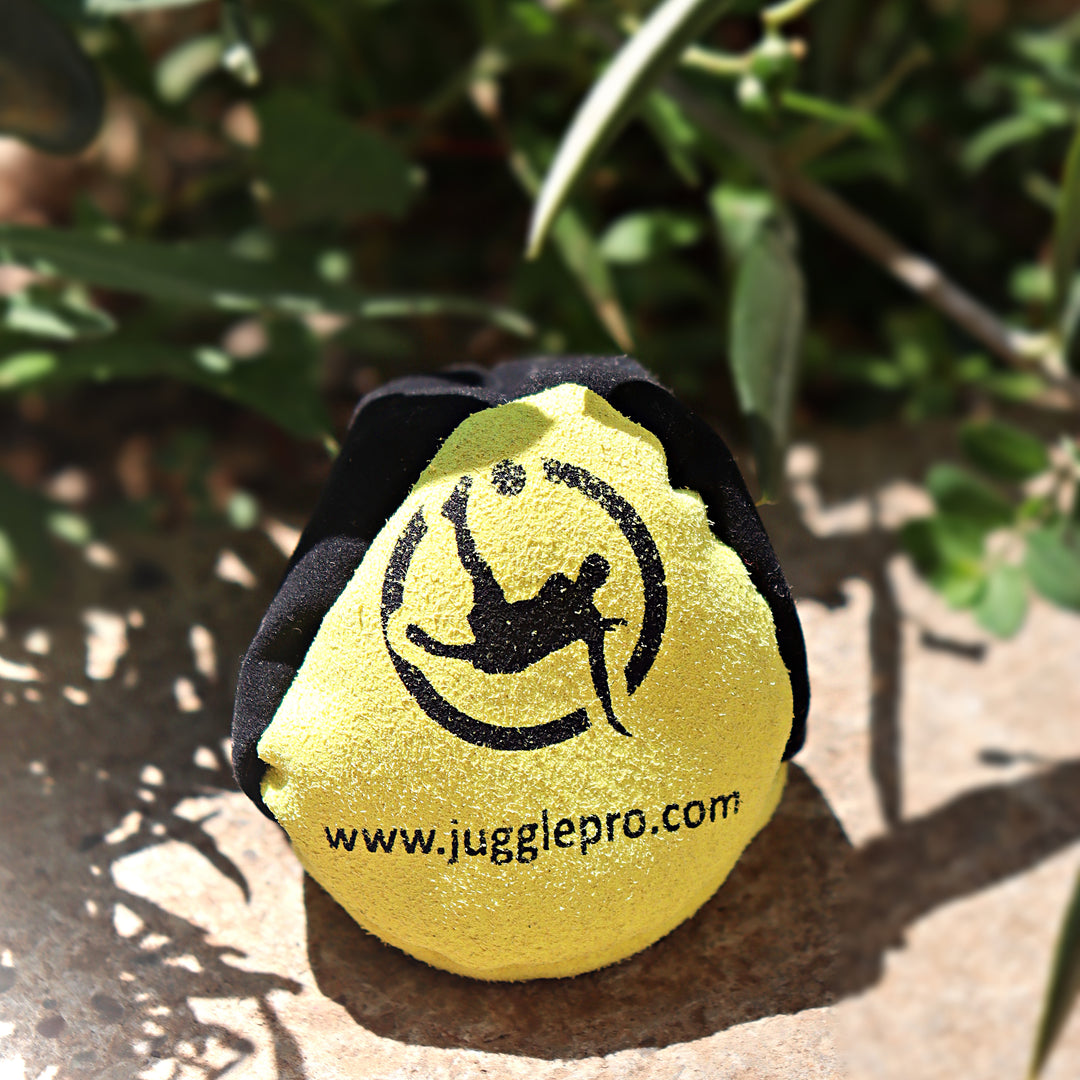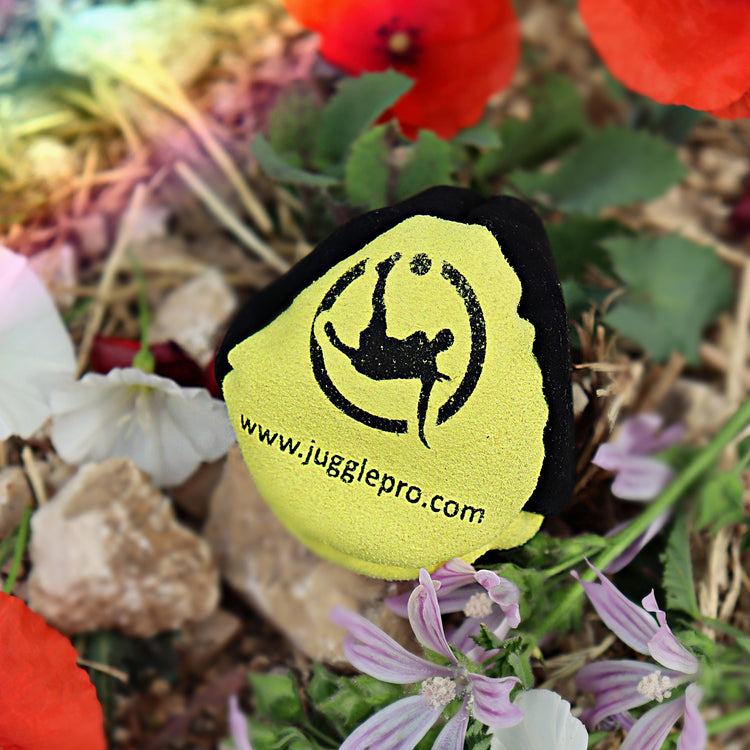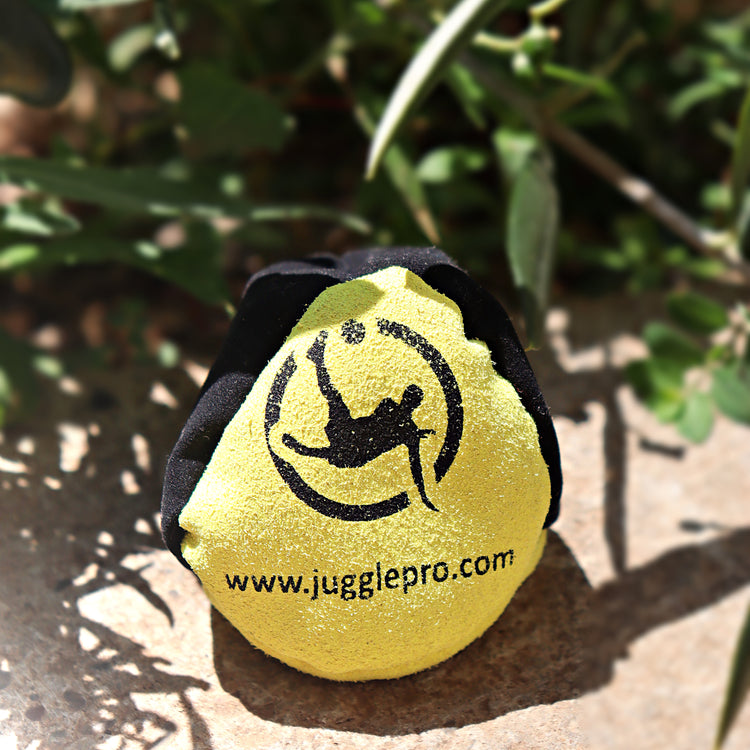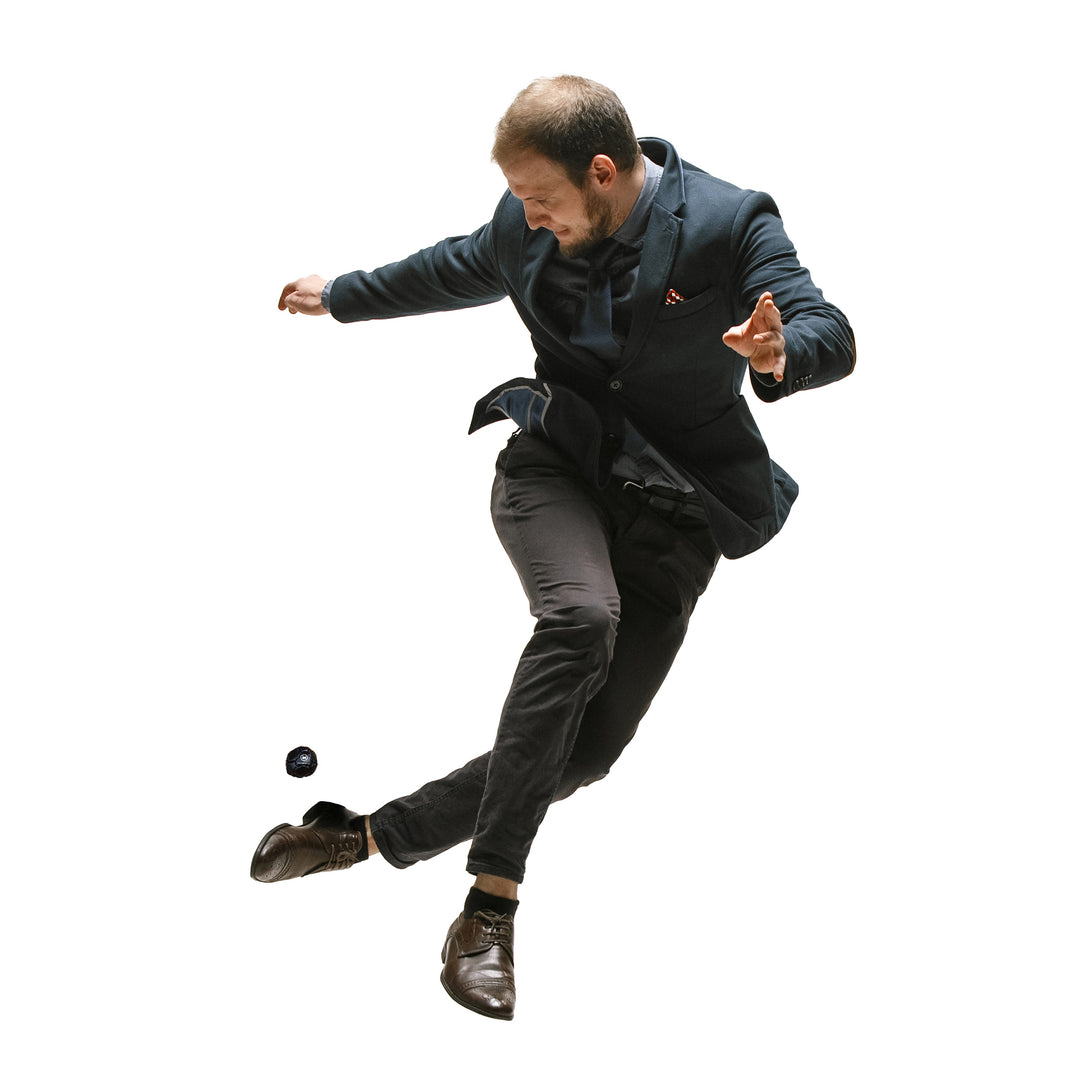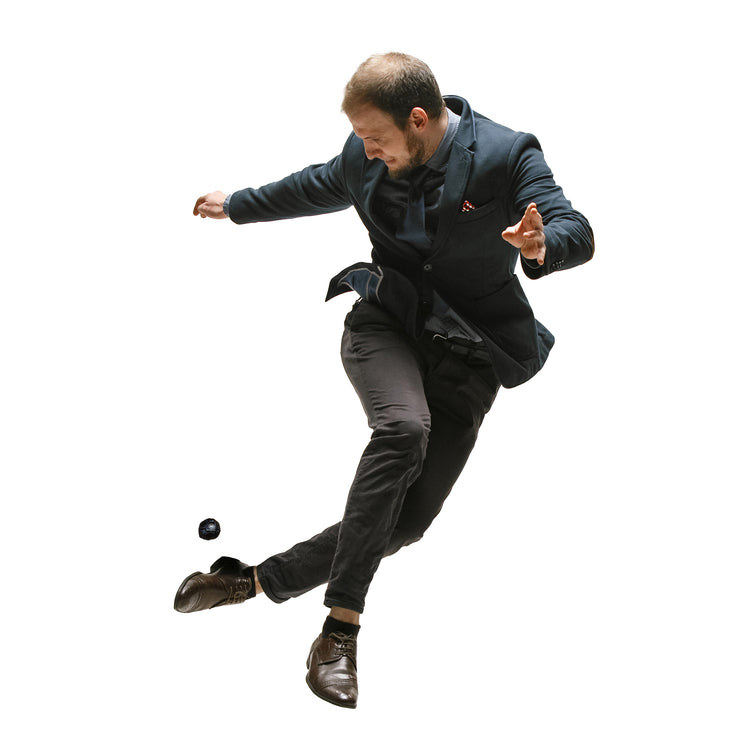The rules of ICE Football, football on ice
The rules of ice football (ICE Football) are very close to those of classic football.
Two teams made up of 7 players compete against each other, there is 1 substitute and 6 players on the field, the field must be an “Olympic” ice rink.
The match begins with the kick-off where the two teams will compete for the ball in the middle of the field.
To score a goal, simply put the ball in the opposing team's cage; the entire ball must have crossed the goal line.
It is allowed to touch the ball with all parts of the body except the arms and hands. When the ball is in the air, players can use their head or torso to try to score, for example.
There are different ways to advance the ball towards the opposing side, players can pass between themselves or advance with the ball at their feet to attempt to dribble past opposing defenders.
Defenders can perform almost the same actions as in classic football. They can tackle, intercept or steal the ball, but they must be careful not to cause fouls. A player is considered to have committed a foul if he touches the opposing player without actually trying to recover the ball.
When the referee calls a foul there is a free kick. If the referee considers that a player had a very good chance of scoring a goal but a defender fouls him, the team having suffered the foul will have the possibility of taking a penalty.
The game takes place in a single period of 6 or 9 minutes, time pauses as soon as the game is stopped. At the end of regulation time, the team that has scored the most goals wins the match.
The players wear ice hockey outfits but do not wear skates, they will wear bowling shoes, this allows them not to slide too much while maintaining a certain control of the ball.
If the ball is put out of bounds, the referee will award a free kick to the opposing team.
The goalkeeper is the only player who can use his hands in the game. If a field player touches the ball with his hand, the ball is returned to the opponent. If this handball takes place in the “penalty area”, the referee will award a penalty to the team having suffered the foul.
If the score is tied at the end of the match, the two teams will face each other in a penalty shootout. Both teams take two penalties each and the team with the most goals scored wins.





